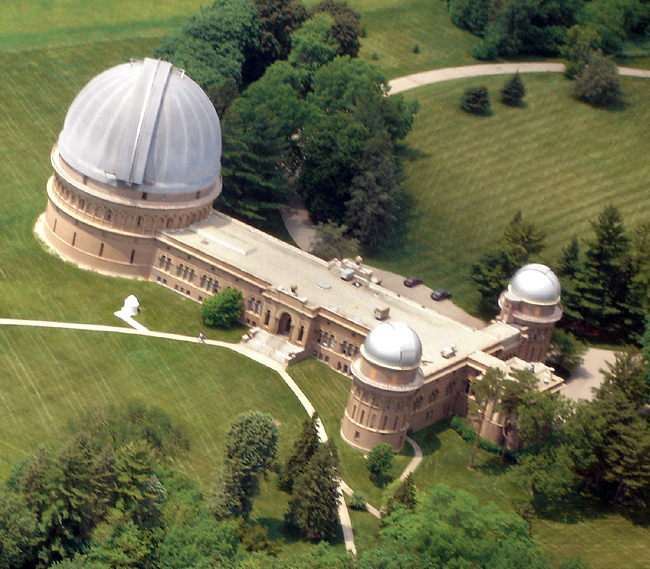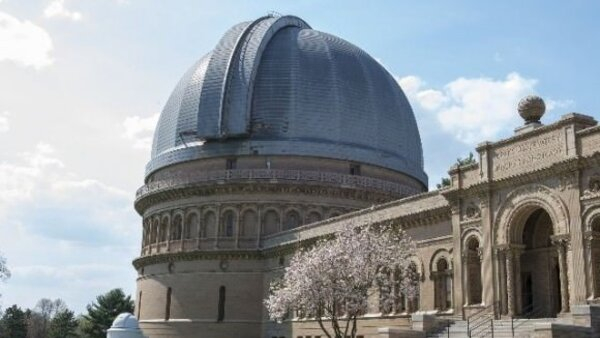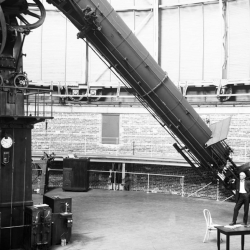Yerkes Observatory
Sobre "Yerkes Observatory"
The Yerkes Observatory, located in Williams Bay, Wisconsin, stands as a historic pillar in astronomy and astrophysics. Founded in 1897 through the funding of Charles Tyson Yerkes, it emerged as an ambitious project led by astronomer George Ellery Hale and the University of Chicago. Its 40-inch (101 cm) refractor telescope made it a global reference, being the largest refractor ever constructed—a feat of engineering that enabled highly precise observations. The observatory was essential for stellar, nebular, and galactic studies, contributing significantly during a crucial period of technological advancement.
Beyond its contributions to astronomical observations, Yerkes played a critical role in educating and training astronomers. For decades, it served as a learning ground for budding scientists, offering access to advanced research tools and fostering new theories and practices in astrophysics. The observatory's facilities included additional telescopes and labs dedicated to atmospheric experiments, solidifying its reputation as an innovation hub. Although it closed to the public in 2018, Yerkes’ legacy remains impactful through its historical conservation efforts and continued relevance in astronomical exploration and education.




